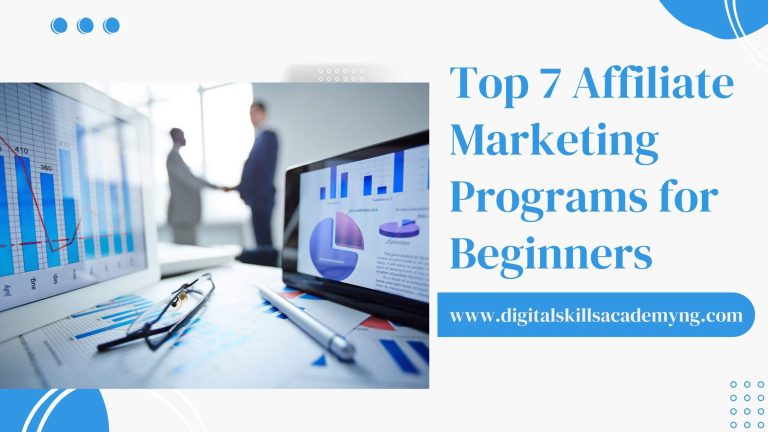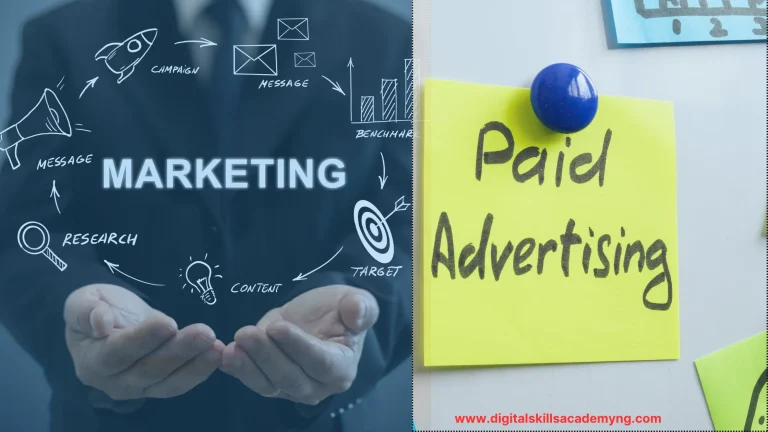What is a Landing Page: Difference between a HomePage vs Landing Page
In digital marketing, landing pages are crucial in achieving specific business goals. Yet, many people need clarification on landing pages with regular website home pages.
This blog post will help clear up that confusion by explaining what a landing page is, how it differs from a website home page, the various types of landing pages, how to create one, and why it’s essential for a clear Call-to-Action (CTA).
What is a Landing Page?
Table of Contents
A landing page is a single web page designed with a specific purpose. Unlike your website’s home page, which serves as a gateway to various sections of your site, a landing page is focused on one thing: converting visitors into leads or customers. This focus is achieved through a streamlined design and targeted content.
Think of a landing page as a digital salesperson. It’s designed to lead the visitor to action, such as signing up for a newsletter, downloading an eBook, or purchasing. This action is often called a Call-to-Action (CTA), and everything on the landing page is geared towards encouraging this action.
The Difference between a Website Home Page and a Landing Page
Understanding the distinction between a website home page and a landing page is essential for effective online marketing. Here’s a breakdown of the key differences:
- Purpose
Home Page: The home page is like the front door of a house. It introduces visitors to your website and provides links to various sections. Its purpose is to give an overview of your site and guide visitors to different areas.
Landing Page: A landing page has a singular focus. Its purpose is to drive a specific action or conversion. It’s designed to limit distractions and keep the visitor focused on completing the desired action.
- Content
Home Page: This page typically includes multiple elements such as navigation menus, links to blog posts, product categories, and sometimes even an introduction to your business. It’s comprehensive and aims to give a broad view of your offerings.
Landing Page: The content here is highly targeted and concise. It includes a compelling headline, persuasive copy, and a prominent CTA. The minimalistic design avoids distractions and keeps the visitor’s attention focused on the conversion goal.
- Design
Home Page: The design is often more complex and visually rich, with various sections and features to engage visitors and encourage exploration.
Landing Page: The design is streamlined and focused. It usually features a single message, a clear CTA, and minimal distractions. There are no navigation links to other parts of the site, which helps keep visitors focused on the conversion goal.
- Traffic Sources
Home Page: Traffic to your home page generally comes from various sources like search engines, social media, and direct visits.
Landing Page: Traffic is often driven by specific marketing campaigns, such as paid ads, email marketing, or social media promotions. The page is tailored to the particular campaign and its audience.
Types of Landing Pages
Landing pages come in various types, each serving a different purpose. Here are some common types:
- Lead Generation Landing Pages
These pages aim to capture visitor information, such as email addresses or phone numbers, in exchange for something valuable. This could be a free eBook, a webinar registration, or a discount offer. The goal is to build a list of leads that can be nurtured over time.
- Click-Through Landing Pages
Click-through pages are designed to warm up potential customers before directing them to a more detailed page. They often include persuasive content that encourages visitors to click through to another page where they can make a purchase or take another significant action.
- Sales Landing Pages
Sales landing pages are focused on converting visitors into paying customers. They include detailed information about a product or service, customer testimonials, and other persuasive elements designed to encourage the purchase decision.
- Thank You Pages
Thank you. Pages are shown after a visitor completes an action, such as submitting a form or purchasing. They confirm that the action has been completed and often include additional offers or calls to action to keep the engagement going.
How to Create a Landing Page
Creating a successful landing page involves several key steps. Here’s a straightforward guide to get you started:
- Define Your Goal
Before designing your landing page, you must clearly define your goal. Are you looking to generate leads, make sales, or promote an event? Your goal will determine the design and content of your landing page.
- Craft a Compelling Headline
The headline is the first thing visitors will see, so it needs to grab their attention and convey the main benefit of your offer. Make it clear, concise, and compelling.
- Write Persuasive Copy
The copy on your landing page should focus on the benefits of your offer. Use clear, concise language to explain why the visitor should take action. Highlight key features, advantages, and any unique selling points.
- Design for Conversion
Keep the design simple and focused. Use high-quality images, straightforward typography, and plenty of white space. The goal is to make the page visually appealing but not overwhelming. Ensure that the CTA button stands out and is easy to find.
- Include a Strong CTA
Your Call-to-Action (CTA) is crucial. It should be prominently placed and use action-oriented language. For example, instead of “Submit,” you might use “Get Your Free Guide” or “Start Your Free Trial.”
- Add Trust Elements
Incorporate elements that build trust, such as customer testimonials, reviews, or security badges. These can alleviate visitors’ concerns and increase the likelihood of conversion.
- Optimize for Mobile
Ensure your landing page is mobile-friendly. Most web traffic comes from mobile devices, so your landing page must look and function well on smartphones and tablets.
- Test and Optimize
Once your landing page is live, test different elements to see what works best. This could include A/B testing headlines, images, or CTA buttons. Use analytics to track performance and make data-driven improvements.
What should be in a Landing Page?
A successful landing page typically includes the following elements:
- Headline
A clear, attention-grabbing headline that immediately communicates the value of your offer.
2. Subheadline
A brief, supportive subheadline that provides additional information and reinforces the headline’s message.
- Main Copy
Concise and persuasive text that highlights the benefits of your offer and explains why visitors should take action.
- Visuals
High-quality images or videos that support your message and make the page more engaging.
- Call-to-Action (CTA)
A prominent, action-oriented button or link that encourages visitors to take the desired action.
- Trust Elements
Testimonials, reviews, or security badges build credibility and reduce visitors’ hesitation.
- Form
If your goal is lead generation, include a form to capture visitor information. Please keep it simple and ask for only essential details.
- Thank You Message
A confirmation or thank you message appears after the visitor completes the action. This can also include additional offers or information.
The Importance of a Landing Page for a Clear CTA
A landing page is essential for a clear CTA because it provides a focused environment where visitors can concentrate solely on one action. Unlike a website home page, which can be cluttered with multiple links and distractions, a landing page is designed to guide the visitor’s attention toward a single goal.
Benefits of a Clear CTA on a Landing Page
Increased Conversion Rates: With fewer distractions, visitors are more likely to complete the desired action, leading to higher conversion rates.
Better Tracking and Analytics: By directing traffic to a specific landing page, you can more accurately measure the effectiveness of your marketing campaigns and make data-driven decisions.
Enhanced User Experience: A focused landing page provides a streamlined experience, making it easier for visitors to understand what’s being offered and how to take action.
Targeted Messaging: Landing pages allow for highly targeted messaging that aligns with the traffic source and campaign objectives, improving the relevance and effectiveness of your CTA.
Conclusion
In summary, a landing page is a powerful tool in digital marketing designed to achieve specific goals by focusing on a single CTA. Its purpose, content, and design differ significantly from a website’s home page. By understanding the different types of landing pages and how to create one effectively, you can improve your conversion rates and drive better results from your marketing efforts.
Whether you’re looking to generate leads, make sales, or promote an event, a well-crafted landing page can make a significant difference in achieving your goals. Keeping your landing page focused, concise, and aligned with your CTA will create a more effective and engaging experience for your visitors, leading to tremendous success in your online marketing campaigns.
Sign up for our digital marketing training, and we’ll reveal the simple steps you need to build a high-performing authority site for your brand.




